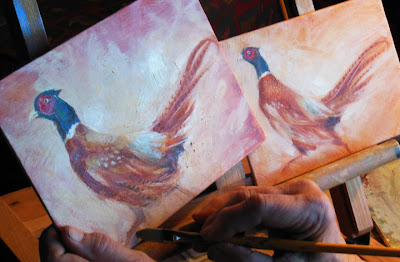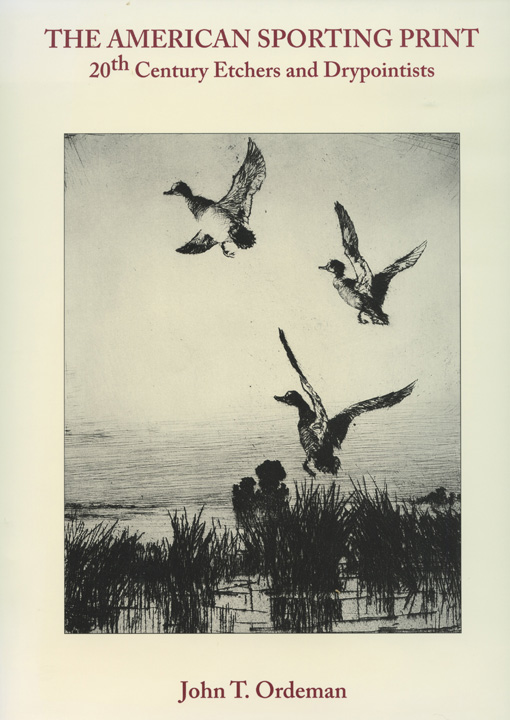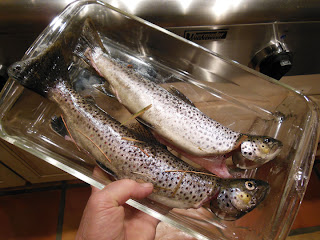
A figurative sculptor must know the structure and anatomy of the subject portrayed. The subject, whether quadruped, bird, human, etc, is the design source. Shape, form, mass, design, pattern, balance, line, contour, texture are all components of the sculptural vocabulary.
I am routinely asked while teaching workshops: "How does the sculptor have their work recognized and become successful when so many sculptors seem to be doing the same thing."
In a word, the answer is STYLE. A sculptor's personal STYLE will emerge after structure and anatomy is so completely understood that artistic possibilities are communicated and the subject is not portrayed as a specimen. The sculptor cannot copyright a pose, but can copyright treatment and STYLE.
When you walk into a museum, you recognize Van Gogh, Rodin, Rungius, Turner, Bugatti, Sargent, etc, from across the room. The same is true today of popular and successful sculptors and painters . . . their STYLE is recognized.
A friend of mine, the late and great wildlife painter, Bob Kuhn, once said: "Go to as many museums, art shows,
and galleries as you can and see what everyone else is doing . . . then do something different".
Hay Bay 19"H 25"W
Copyright, Sandy Scott












































